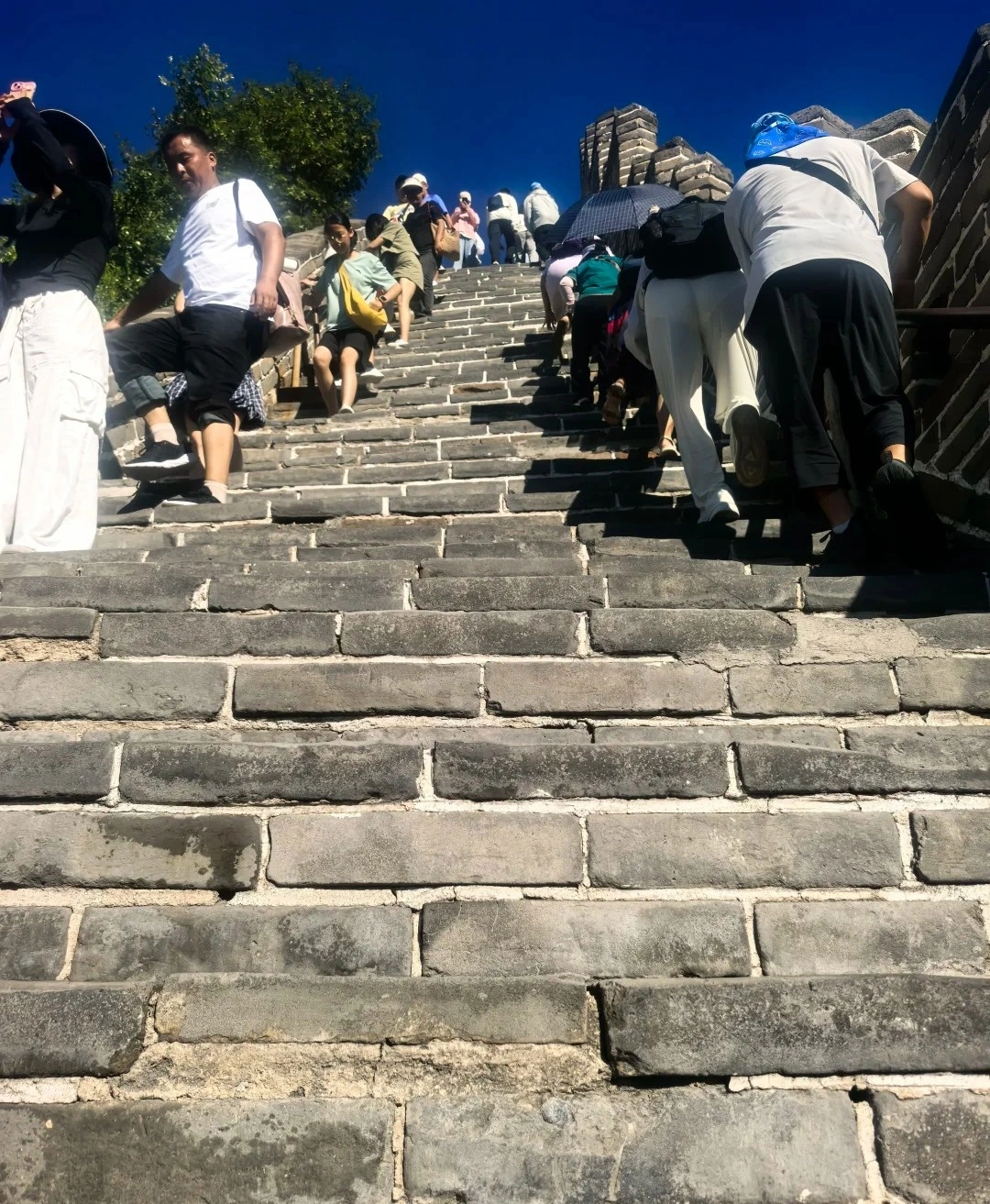Guangren Temple
Historical Overview
Commissioned by Emperor Kangxi in 1705 to promote ethnic unity, the temple was rebuilt in 1765 under Emperor Qianlong after earthquake damage. It played a pivotal role in the 1900 Boxer Rebellion, providing refuge to foreign missionaries. In 1952, it became a national Buddhist association training center, and in 2023, a ¥40 million renovation restored its murals and added a digital prayer wheel gallery. Recent events include the 2024 “Saka Dawa Festival” celebrating Buddha’s enlightenment with monastic debates and alms offerings.
Structural Layout
The temple follows a traditional Tibetan Buddhist layout with three main sections:
- Prayer Hall Zone: Centered on the Grand Prayer Hall, housing the Je Tsongkhapa statue, thangkas, and a 1,000-arm Guanyin mural.
- Stupa Courtyard: Features eight white stupas symbolizing the Eightfold Path and a 200-year-old sandalwood prayer wheel.
- Monastic Living Area: Includes the Lamas’ Quarters, a scripture library, and a butter sculpture workshop.
Key landmarks include the “Golden Roof Pavilion” and the “Mani Wall” inscribed with 100,000 mantras.
Major Attractions
- Grand Prayer Hall: The temple’s core, with daily chanting sessions at 9 AM and 3 PM.
- Butter Lamp Offering: Visitors can participate in lighting butter lamps for blessings (¥20 donation).
- Digital Prayer Wheel Gallery: Interactive screens simulating the spinning of 108 traditional wheels.
- Tibetan Medicine Exhibit: Showcases rare herbs and diagnostic tools used in traditional healing.
- Saka Dawa Festival: Annual May–June event with monk debates and free vegetarian meals.
Suggested Itineraries
- Classic Route (1 hour):
Main Entrance → Mani Wall → Grand Prayer Hall → Stupa Courtyard → Golden Roof Pavilion
Highlights: Core spiritual sites and architectural marvels. - Cultural Route (2 hours):
Add the Scripture Library, Butter Sculpture Workshop, and Tibetan Medicine Exhibit.
Highlights: Deep dive into Buddhist arts and traditions. - Festival Route (Half-Day):
Attend Saka Dawa Festival activities, including monk debates and alms rounds.
Ticket Purchase
- Admission: ¥30 (peak season, March–November); ¥20 (off-season). Free for children under 1.2m, disabled visitors, and monks.
- Combo Tickets: ¥50 includes admission and a butter lamp offering.
- Online Booking: Available via Trip.com or the official WeChat account (ID: GuangrenTemple2025).
- By Subway: Line 2 to Yongningmen Station (Exit D), 10-minute walk.
- By Bus: Routes 12, 26, or 600 to Guangren Temple Stop.
- By Taxi: ¥20–¥30 from Xi’an city center.
Best Time & Tips
- Peak Season: May–June (Saka Dawa Festival) and September–October (mild weather).
- Avoid: Midday heat in summer; visit mornings for prayer sessions.
- Essentials: Dress modestly (cover shoulders/knees), remove shoes before entering halls, and bring cash for donations.
- Prohibited: Smoking, photography inside prayer halls, and touching religious artifacts.
- Local Dish: Try “Butter tea” and “Tsampa” (Roasted barley flour) at the temple’s vegetarian café.
Contact Us
What Our Clients Say?
Based on 10,000+ traveler reviews














